A Norwegian Center of Excellence explores how pores affect all kinds of materials, including concrete.
It sounds a bit strange, but some materials become stronger when subjected to stress. Why is that, and why do they eventually fail anyway?
What doesn’t kill us makes us stronger, said philosopher Friedrich Nietzsche. Who would have thought that a similar notion might apply to materials?
To explain, we have to start with something almost as strange.
“The reason concrete is so strong is because it’s so weak,” says Professor Alex Hansen, and already here our head may start to spin a little.
Hansen’s role as the head of PoreLab, a Center of Excellence for outstanding research at NTNU and the University of Oslo (UiO), is not exactly coincidental. Researchers at PoreLab work mostly with porous materials, like concrete, and in their world, this sort of thing can happen. Among other things, the researchers consider what happens in materials subjected to stress, and for the uninitiated, some of their findings are a bit unexpected.
Why, for example, does concrete function in this way?
Spreads the force
Concrete looks compact, but it’s actually full of tiny holes. These holes make the material stronger. Professor Hansen starts with the basics:
“When you get a crack in your car’s windshield, you can stop that crack from spreading by drilling a hole in it,” he says.
An untreated crack has a high concentration of force at the tip of the crack. If you drill a hole at this point, the force instead spreads around the hole and lessens the pressure on the glass.
Something similar occurs in porous concrete. If there’s a crack in the concrete, the force gets distributed throughout the material due to all the holes.

The builders of the Kristiansten fortress in Trondheim in the 17th century put the remains of dead animals into the construction material. As the animals rotted and emitted gases, they made the material porous and thus stronger.
People have known about these force mechanisms at least since the Middle Ages. The builders of the Kristiansten fortress in Trondheim in the 17th century put the remains of dead animals into the material. As the animals rotted and emitted gases, they made the material porous and thus stronger.
Strong parts protect the weak parts
But this doesn’t explain why materials can become even stronger under strain. The idea flies in the face of intuitive thinking, because shouldn’t the material get weaker instead? What’s going on?
Doctoral candidate Jonas Tøgersen Kjellstadli from NTNU’s Department of Physics can explain the process to us. He has collaborated with Hansen, researcher Srutarshi Pradhan, and Ph.D. candidate Eivind Bering – also from the same department – in studying the phenomenon.

The picture shows how a crack (the transition from black to white) moves through two plastic sheets that are “glued” together. They have been sandblasted and then placed in an oven so that they are fused where there is contact between them. This creates a situation that is close to the theoretical models. By looking at how this crack front moves, PoreLab can test its theories. Illustration: Knut Jørgen Måløy, Department of Physics, University of Oslo
“The strong parts of the material surround the weak parts and protect them,” says Kjellstadli.
A material like concrete isn’t equally strong everywhere, though it may look like it. An apparently uniform material has weak and strong zones. These zones are randomly scattered throughout it.
In the computer models used by Kjellstadli, the strong zones are spread around in the material. They protect the weak zones when the fibers are subjected to stressors. This happens to such a strong degree that the material is stabilized and becomes less vulnerable to such stresses.
This effect only applies where the strong and weak zones are unevenly distributed throughout the material. And it only applies up to a certain threshold.
The material is constantly being stressed to some maximum threshold or another, where the force of a stress can no longer be absorbed. Sooner or later, the material will then fail catastrophically and suddenly.
Can we predict when something will break?
Now all these guys are physicists, and so you would think that they spend most of their time studying the basic mechanics of stress processes, rather than any practical uses. That’s partly true.
But they envision possible applications as well. What if you could use this basic knowledge to predict when a material will fail? When does the stress finally get to be too much?
“We use the same computer models as when we observe that materials are strengthened by the stress load,” says Hansen.
To that they add practical experiments, continuing until the stress load becomes too great for the material.
Maybe it is possible
Hansen has been interested in this topic since 2000, when he heard about mines in South Africa that would suddenly collapse. Understanding these same principles could someday be used as an aid during tunnel construction, or to predict earthquakes. These ideas are still speculative, and their applications lie in the somewhat distant future. But the researchers’ ambitions are high.
“We’re working on coming up with a general model for when catastrophic failure sets in, says Hansen.
Whether this goal is even possible, they don’t yet know – but this is exactly the kind of high-risk research PoreLab has been charged with carrying out. The potential gains are huge if they succeed.
“In our computer models we’re observing that the elastic energy of the material reaches a peak just before it fails,” says PoreLab researcher Pradhan.
He has been working specifically on predicting when a material will crack ever since he started studying under Professor Bikas K. Chakrabarti at the Saha Institute of Nuclear Physics in Kolkata, India in 2000.
“We believe this has the potential to expand into real situations,” Pradhan says.
Maybe their goal isn’t impossible after all.
References:
- “Can Local Stress Enhancement Induce Stability in Fracture Processes? Part I: Apparent Stability” by Jonas T. Kjellstadli, Eivind Bering, Martin Hendrick, Srutarshi Pradhan and Alex Hansen, 24 July 2019, Frontiers in Physics.
DOI: 10.3389/fphy.2019.00105 - “Can Local Stress Enhancement Induce Stability in Fracture Processes? Part II: The Shielding Effect” by Jonas T. Kjellstadli, Eivind Bering, Srutarshi Pradhan and Alex Hansen, 26 April 2019, Frontiers in Physics.
DOI: 10.3389/fphy.2019.00156 - “Variation of elastic energy shows reliable signal of upcoming catastrophic failure” by Srutarshi Pradhan, Jonas T. Kjellstadli and Alex Hansen, 9 March 2019, Frontiers in Physics.
DOI: 10.3389/fphy.2019.00106

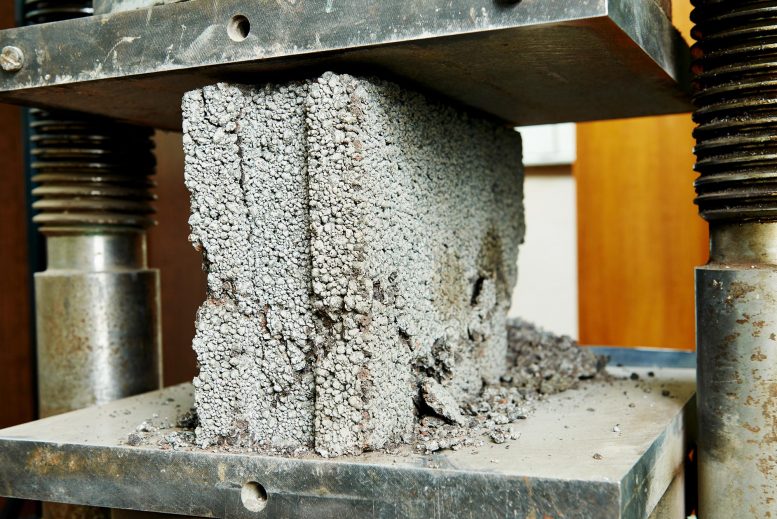
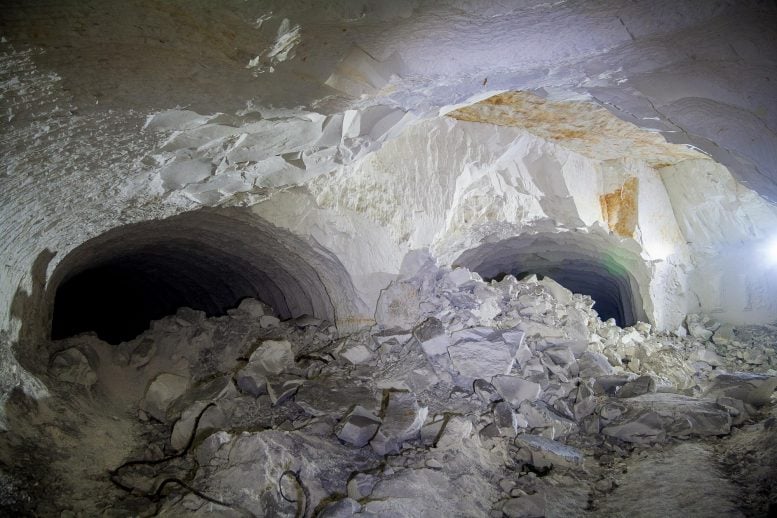

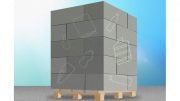
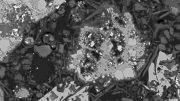

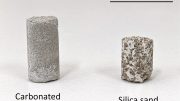
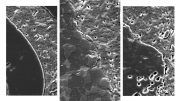


Be the first to comment on "What Doesn’t Crack Them Makes Them Stronger – Why Some Materials Become Stronger Under Stress"